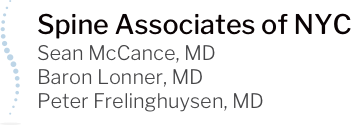A Look at Spinal Manipulation Therapy and Back Pain
If you’ve ever been to a chiropractor or had a professional “crack your back,” you may have been a recipient of spinal manipulation therapy (SMT). Spinal manipulation, also called spinal manipulative therapy or manual therapy, is used in both Western and traditional East Asian medicine; in North America, it’s typically performed by chiropractors, osteopathic physicians, and physical and occupational therapists. Over 100 types of adjustment techniques are known throughout the world, but typically chiropractors will focus on eight to 10 varying approaches within their practice. Spinal manipulation therapy uses force, while spinal mobilization therapy is gentler. Some conditions such as osteoporosis, the patient’s size, or simply patient comfort may require spinal mobilization therapy. Chiropractic treatment can be extremely effective for acute neck or back pain due to muscle spasm, strain or sprain, and inflammation. If you’ve never experienced it before, it can be surprising just how much force can go into the manipulation of different joints of the spine. The most frequently used technique in SMT is the high-velocity low-amplitude thrust, which often results in an audible “pop.” A more sophisticated technique relies on using a flexion distraction technique that is somewhat gentler and safer. The goal of these techniques

